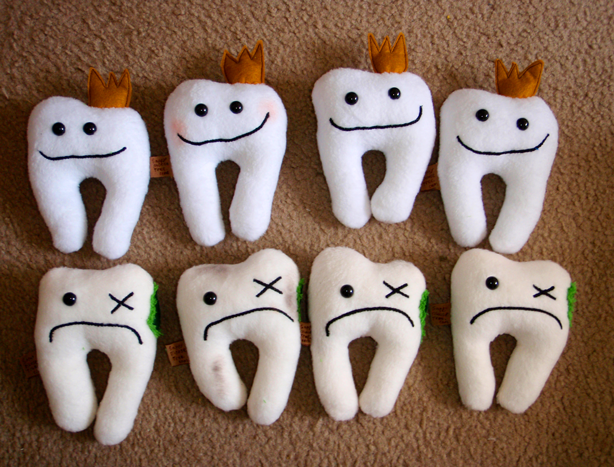Print Edition: April 9, 2014

The Student Union Society (SUS) is running a health and dental referendum from April 10 to 16. The two questions propose an increased fee of $215.59, and authorization to adjust it in sync with inflation rates and premium increases.
Vision (i.e. glasses and contacts) would be added to the plan, and general coverage of prescription drugs, dental, and health practitioner sessions would also increase. Other health, dental, and travel benefits would remain the same.
If this sounds familiar, it’s for good reason; SUS ran a referendum in March 2013, proposing similar changes, but SUS attention was largely on the simultaneous SUS shuttle fee referendum at the time. SUS later determined that a lack of promotion for the health and dental question resulted in the failed outcome, and another referendum has long been in the works.
The actual referendum question for this referendum has been condensed and the fee proposal decreased by $14.33.
VP internal Thomas Davies says that the authority to adjust the fee is “tied directly to our inflation rates and premium increases.” Theoretically, this means that SUS would not have reason to raise the cost beyond what would “allow [them] to maintain the level of coverage.”
Davies assures that there is a cap on the annual inflation rate.
“Our health and dental provider has said we will never have to exceed five per cent. Hopefully it will never have to go that high, but in a worst-case scenario we are capped at five per cent maximum,” he says. Should the fee climb to an uncomfortable place for students, they have mechanisms to stop the rate via referendum.
“Maybe it does get to a point where it is too high, and then we’ll start hearing it again from students directly … students also do have a mechanism to call their own referendum,” he says. “So, if there was a large body of students that said, “We disagree,” there is a mechanism for them to do that.”
SUS is looking into possible surveys, emails, and other forms of communication to keep students informed about future changes in price and coverage, and will continue to work with the provider to get information out.
“StudentCare is very good at working with us to give us materials … to ensure that we can communicate the plan,” Davies explains. “They support us through these informational booths for this referendum … they provide us with a couple of different banners.” As well, the ihaveaplan website is advertising the referendum.
There is still question as to how the SUS health and dental fee stacks up against other schools. On the health and dental Facebook event, one student, Rae-Lynn Dicks, drew attention to the Kwantlen student benefits plan.
“The coverage provided for this plan is far less than is provided for students at Kwantlen, and costs far more than students at Kwantlen pay,” Dicks said. She also noted that investigation into other providers could be beneficial.
UFV currently has the cheapest coverage behind SFU and Kwantlen. However, service coverage levels are reflected in that; Kwantlen students have access to 80 per cent dental coverage and 90 per cent prescription drugs on a student fee of $187. As it stands now, UFV students have access to 55 and 70 per cent for the same categories; with the proposed increase, that would change to 70 and 80 per cent.
Davies explains that SUS investigated other providers, but it isn’t a simple switch.
“There are a few different providers. We have investigated different providers. The biggest cost though is really the insurance agency,” he said.
Every three years, SUS puts the contract out to tender and agencies can bid on it. In 2012-13 SUS was able to avoid cutting services by taking an offer from Desjardins insurance. Davies notes that with a switch comes hiccups in service, so it’s not an ideal option; there was a blackout period for claims making after the last coverage changeover.

